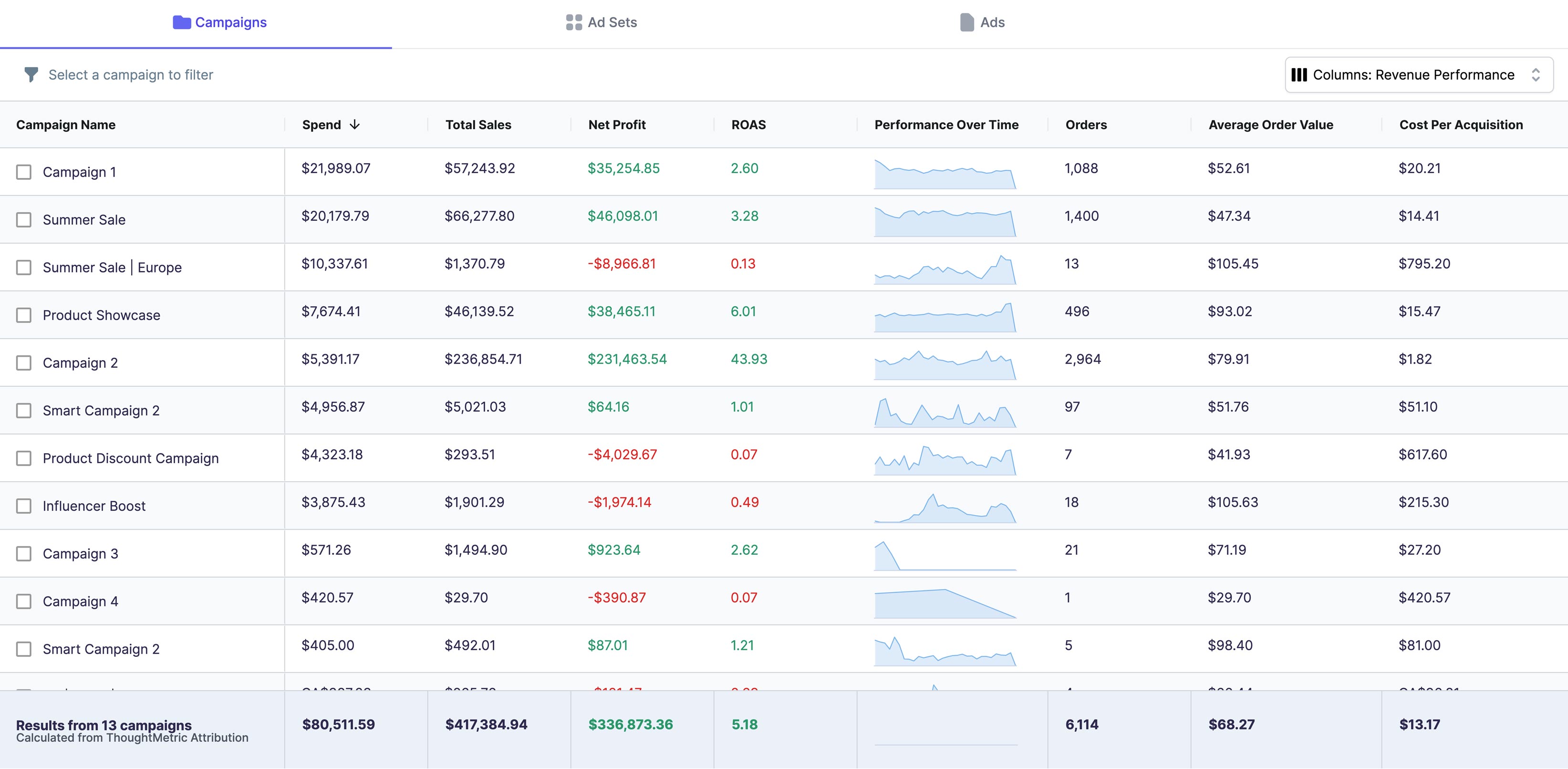Facebook Ads Manager is a powerful tool that offers a plethora of metrics to help you optimize your campaigns. One of these metrics is the bounce rate, which can provide valuable insights into the effectiveness of your ads. In this article, we will dive into what bounce rate is, why it's important, how to set it up, and how to calculate it in Facebook Ads Manager. We will also explore strategies to reduce your bounce rate, and how to monitor and adjust your campaigns accordingly.
Understanding Bounce Rate in Facebook Ads
Bounce rate is a metric that measures the percentage of visitors who land on your ad or landing page and then leave without taking any further action. This could mean they click the back button, close the tab, or abandon their shopping cart. A high bounce rate indicates that your ads or landing pages may not be relevant or engaging enough for your target audience.
What is Bounce Rate?
As previously mentioned, bounce rate measures the percentage of visitors who click on your ad or landing page, and then leave without taking any further action. This can happen for a variety of reasons, such as an unappealing design, unclear messaging, or a lack of relevancy for the visitor.
Why is Bounce Rate Important for Your Campaigns?
A high bounce rate can have negative consequences on your ad campaigns. If your bounce rate is high, it means that your ads or landing pages may not be resonating with your target audience, leading to wasted ad spend and fewer conversions. Reducing your bounce rate can improve your conversion rate, increase ad relevance, and ultimately lead to more sales or leads.
Setting Up Your Facebook Ads Manager for Bounce Rate Tracking
Installing the Facebook Pixel
If you want to track bounce rate in Facebook Ads Manager, you need to install the Facebook pixel on your website. The Facebook pixel is a code snippet that tracks user behavior on your website, including page views, button clicks, and other events. Installing the pixel is a simple process that involves copying a code snippet and pasting it onto each page of your website.
Configuring Custom Events and Conversions
Once you have installed the Facebook pixel, you need to configure custom events and conversions to track bounce rate. Custom events allow you to track specific user actions, such as button clicks, form submissions, or video views. Conversions, on the other hand, track when a user completes a specific action, such as a purchase or a lead form submission. By setting up custom events and conversions, you can track user behavior and measure the effectiveness of your ads.
Calculating Bounce Rate in Facebook Ads Manager
Accessing the Relevant Metrics
Once you have set up the Facebook pixel and configured your custom events, you can start tracking your bounce rate in Facebook Ads Manager. To access your bounce rate metric, navigate to the "Performance" tab and select the relevant campaign or ad set. From there, you can view the bounce rate metric, along with other engagement metrics such as the average time on site and the number of pages per session.
Interpreting Bounce Rate Data
The bounce rate metric can provide valuable insights into the effectiveness of your ads and landing pages. A high bounce rate means that a significant percentage of users are leaving your site without taking any further action. This could be indicative of issues such as poor ad targeting, an unappealing landing page design, or unclear messaging. By analyzing your bounce rate data, you can identify problem areas and make improvements to your campaigns and landing pages.
Comparing Bounce Rate Across Different Campaigns
It's important to compare your bounce rate across different campaigns and ad sets to identify trends and patterns. For example, you may find that your mobile ads have a higher bounce rate than your desktop ads, indicating that you need to optimize your mobile landing pages. By comparing your bounce rate data, you can make informed decisions about where to allocate your ad budget and which campaigns to prioritize.
Strategies to Reduce Bounce Rate
Improving Ad Relevance and Targeting
If your bounce rate is high, it could be that your ads are not resonating with your target audience. To improve ad relevance, you can refine your targeting options and create ads that speak directly to your target audience. By creating customized messaging and targeting specific demographics or interests, you can increase the relevance of your ads and reduce your bounce rate.
Enhancing Landing Page Experience
An unappealing or poorly designed landing page can contribute to a high bounce rate. To enhance landing page experience, you can improve your page layout, increase page speed, and add engaging visuals or videos. By creating a seamless user experience, you can keep visitors on your site and increase the likelihood of conversions.
A/B Testing Ad Creatives and Landing Pages
By A/B testing different ad creatives and landing pages, you can identify which variations are the most effective at reducing your bounce rate. A/B testing involves creating multiple variations of your ads or landing pages and testing them against each other to see which ones perform the best. By continually testing and iterating, you can improve your ad relevance and reduce your bounce rate over time.
Monitoring and Adjusting Your Campaigns
Regularly Reviewing Bounce Rate Metrics
It's important to regularly review your bounce rate metrics and make adjustments to your campaigns accordingly. By keeping a close eye on your bounce rate data, you can identify trends and make informed decisions about where to allocate your ad spend and which campaigns to prioritize.
Identifying and Addressing Problematic Ads
If you notice that a particular ad or ad set has a high bounce rate, it's important to identify the root cause and make adjustments. This could mean refining your targeting options, improving your ad creatives, or optimizing your landing pages. By addressing problematic ads, you can improve the overall effectiveness of your campaigns and reduce your overall bounce rate.
Adapting Your Strategy for Continuous Improvement
Reducing your bounce rate is an ongoing process that requires continuous monitoring, testing, and iteration. By continually reviewing your metrics and adapting your strategy, you can improve the overall effectiveness of your campaigns and increase your ROI. Remember to always be testing and experimenting with different strategies to find the best approach for your business.
Conclusion
Bounce rate is a useful metric that can provide valuable insights into the effectiveness of your Facebook ad campaigns. By setting up the Facebook pixel, configuring custom events and conversions, and regularly monitoring your bounce rate metrics, you can identify areas for improvement and make data-driven adjustments to your campaigns. Remember to always be testing and iterating to find the best approach for your business. With these strategies in place, you can reduce your bounce rate and improve the overall effectiveness of your Facebook ad campaigns.





